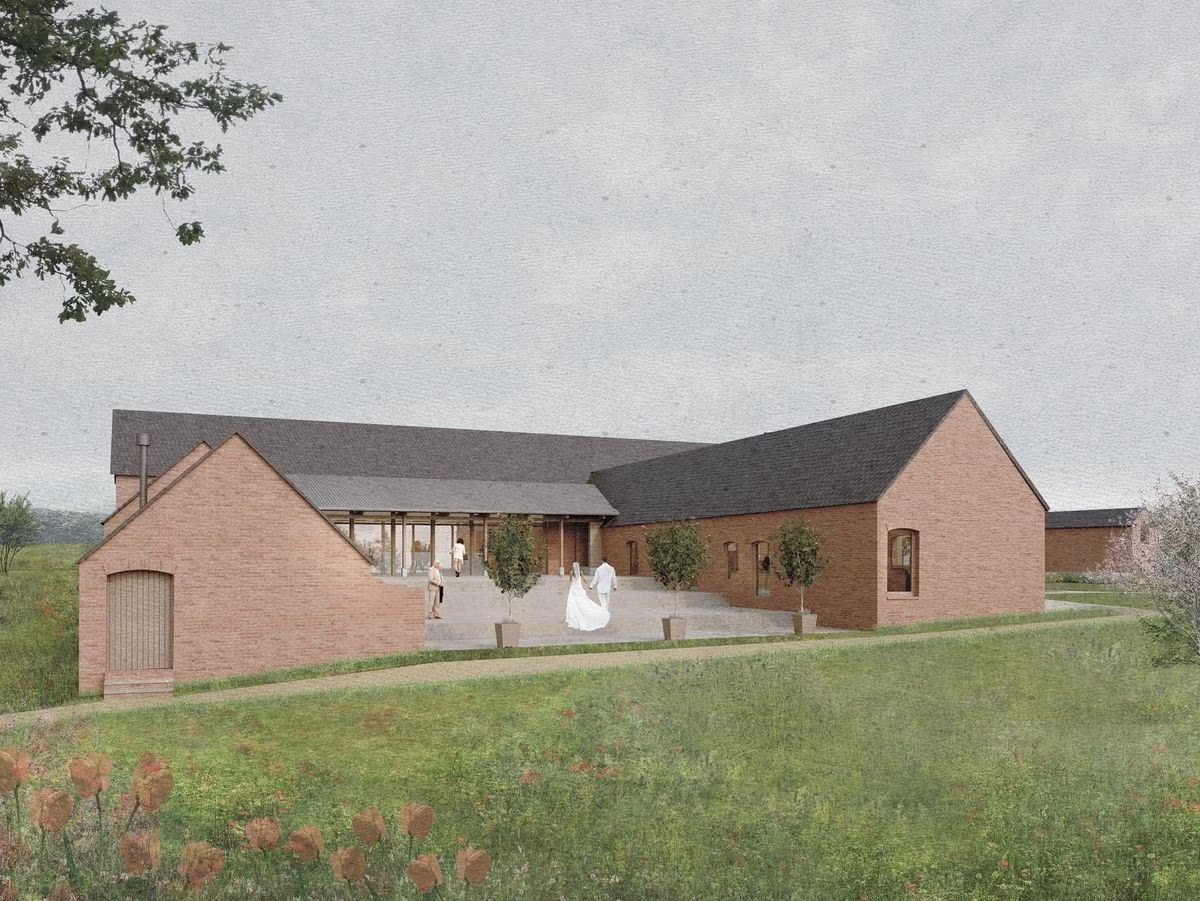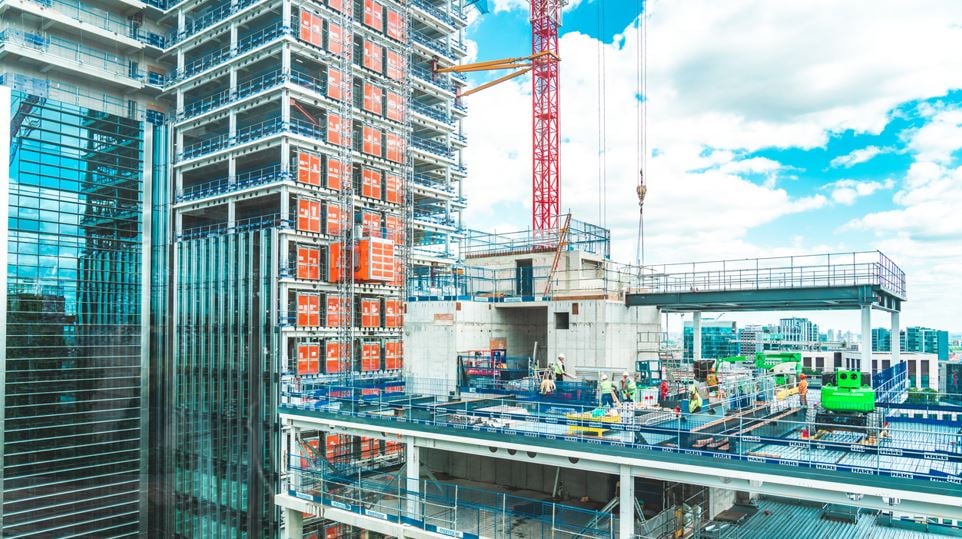Here, Richard Harman, Partner and Head of Engineering at Berrys discusses how to get the most out of pre-applications with Local Planning Authorities and how the use of versatile, intuitive civil engineering design solutions can help.
Pre-applications are a non-statutory, advisory service offered by most Local Planning Authorities (LPAs). Pre-applications allow those seeking planning permission to submit an outline of their proposal to receive feedback from the LPA. It is a valuable opportunity for applicants to engage in a conversation with the relevant planning team about site-specific issues.
Overview of pre-application services
The introduction of National Planning Policy Framework (NPPF) in 2012 acted as a catalyst for more structured pre-planning advice and encourages positive engagement between LPAs and applicants.
Pre-application services are offered, at a cost, by most local councils, as well as other technical consultees such as the Environment Agency, Historic England and National Highways. LPAs are under no obligation to offer pre-application services, and some do not, usually due to time and resource constraints. However, there are benefits for both LPAs and applicants of pre-application engagement. The Government guidance on pre-applications sums up some of the key benefits of the process:
“Pre-application engagement by prospective applicants offers significant potential to improve both the efficiency and effectiveness of the planning application system and improve the quality of planning applications and their likelihood of success.”
While it will vary based on the LPA involved and the nature of the project, the pre-application will consist of an outline of the proposed project with basic supporting documents such as drawings, design and access statements and summary flood and drainage assessments.
It is important to effectively but concisely convey the most important information about the proposed project, including how constraints will be overcome and specific requirements met. The right design software platform can help achieve this. For example, Causeway Live Design is a ‘live’ civil engineering design platform that allows feasibility studies and visualisation to be produce quickly and easily to assess viability of a project. This helps clients to buy into the pre-application process. The engineers can then develop that initial feasibility study into a detailed design with all civil engineering elements, such as land and site layouts, drainage and road design, all in one design environment. It can be used as a standalone package and integrates fully with Autodesk, AutoCAD® and Civil 3D®.
- Pre-application services are offered by most councils as well as many other relevant organisations
- Pre-applications help improve the efficiency of the planning proces
- Civil engineering design platforms, such as Causeway Live design can help engineers produce visualisations and feasibility studies quickly and easily
The benefits of pre-applications
For applicants, the pre-application process facilitates an open conversation about the requirements and issues around a site without the formalities of the planning process. It provides an opportunity to discuss complex technical issues, planning policy and site constraints in a constructive and in-depth way.
For consultancy businesses that operate nationally on behalf of clients, the pre-application process also allows them to become familiar with the current local issues before the formal planning application is made. This allows a more initiative-taking approach to addressing the specific issues as part of the planning application.
For certain consultees, the pre-application phase is the only opportunity for a conversation about site-specific issues. For example, in Wales the SuDS Approving Authorities (SAB) provide only a pass or fail for the Sustainable Drainage Systems (SuDS) strategy on a project at the planning application stage. However, the pre-application process provides an opportunity to receive feedback on the proposed approach. This will also become more important in England as Schedule 3 of the Flood and Water Management Act 2010 is implemented.
The costs of pre-application services will depend on the area and the type of project as they are set by each Local Planning Authority. The level of support and consultation that the applicant will receive will also vary depending on what the LPA offers. For major projects, both residential and non-residential, the costs can range from £2,000 to more than £7,000.
It is worth noting that for two-tier authorities, such as both borough and county councils, pre-applications with each are likely required. This is because the planning function will sit with borough council but the county council will act as the Lead Local Flood Authority (LLFA) and Local Highways Authority. In addition, depending on the site, it may be necessary to submit pre-applications to organisations such as the Environment Agency, Historic England and National Highways.
How to maximise the value of pre-applications
Given the time and financial investment required for pre-applications, clients and consultants will want to maximise the value they get from the process. This can be achieved in a number of ways.
Firstly, it is important to understand that pre-applications are generally most valuable for more complex projects, or sites that have physical or regulatory constraints. For smaller and simpler projects, undertaking the pre-application process is not necessary and may actually delay progress and increase costs. For example, the Berrys team was involved in a redevelopment and change of use application in Shrewsbury where a poor pre-application submission made the process more difficult. Without the benefit of experience, the client submitted a proposal that did not communicate the purpose of the project correctly. As a result, the planning team misunderstood the intention for the site and the formal planning application was more challenging as a result.
One of the most crucial factors when compiling a pre-application is to ensure it efficiently tells the story of the project in a way that planning officers will understand the purpose of the project and how any issues will be addressed. The better the information provided as part of the pre-application, the better the feedback the applicant will receive. It will also lead to more constructive conversations. Utilising the correct design software solution can help businesses and their clients to communicate the most important information in the most effective way.
Having the ability to easily visualise and demonstrate different options for solving an on-site challenge can mean that consultants and their clients get more out of the pre-application. This is because the local planning team can review the alternatives and indicate the approach that fits best with the policies and aims of the local council. Solutions such as Causeway Live Design are ideal for this as it has been designed to enable simple optioneering for a design.
- Facilitates an open conversation about the project without the constraining formalities of the planning processes
- It is often the best way to engage with organisations such as the Local Planning Authorities
- Maximising the benefit of pre-applications is all about conveying the key information clearly and concisely
- Optioneering using solutions such as Live Design is an excellent way to receive local authority feedback on design options
Case study: Meashill Farm
An example of where a high-quality pre-application, with suitable design document and visualisation support, aided the planning process is the Meashill Farm project in Shropshire. This is a Grade II listed farmhouse and barns that was to be converted into a wedding venue. Among the site-specific considerations for this project were the heritage implications of the Grade II listing and the remote, green-belt location, which also meant there were highways and wastewater design considerations.
 Credit: Berrys' Meashill Farm project
Credit: Berrys' Meashill Farm project
A detailed pre-application was prepared due to complexities and financial risks of preparing a full planning application. The pre-application submission helped the planning and heritage officers to understand the project, what was to be achieved and the opportunities it presented.
For the Meashill Farm project, the outcome of the process was a generally supportive response from the planning team on the re-use of the Listed buildings. It also identified the need for public engagement, which resulted in several public consultations being held at the site. The Berrys team was also able to deal with green-belt issues raised during the pre-application proactively when the planning application was submitted. The end result was a smooth ride for the project through the planning process, which in total took around five months to complete – a relatively short amount of time for a complex project.
For complex projects, pre-applications are a valuable way of engaging with the relevant planning team in a way that is not constrained by the rules of the formal planning process. Quick and simple visualisation and optioneering, using a platform such as Live Design, can help consultancies get clients buy-in on the pre-application as well as help maximise the value of that process.
Click here to find out more about Causeway Live Design



